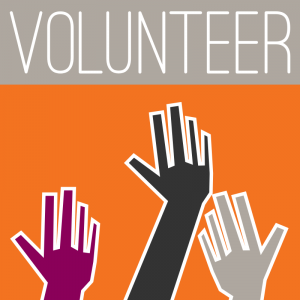As the holiday season draws near, Americans are gearing up for one of their favorite holiday traditions – volunteering. A time when one is supposed to “spread good cheer,” the season consistently brings a spike in volunteer activity. News outlets all over the country are urging us to “show your gratefulness this holiday in a truly meaningful way” and “take stock of those in need of a hot meal or a warm coat” before we turn to our own celebrations. While it’s not surprising to see such spikes around this time, as American culture encourages such behavior and you can’t swing a turkey without hitting a flyer or advertisement seeking volunteers, what about the rest of the year? What motivates volunteers when spreading good cheer gives way to a busy new year full of work deadlines, weight loss goals, and taxes?
Psychologists point to individual-level motivations such as a desire to express one’s humanitarian values and gain a better understanding of an issue or a community as strong motivators for volunteerism. However, these motivations don’t lead people to volunteer for just any cause. Persuasive messages and feedback from leaders of volunteer groups, as well as how well the group and its goals fit with the volunteer’s goals, are also major factors.
- Patrick Dwyer et al. 2013. “Sources of Volunteer Motivation: Transformational Leadership and Personal Motives Influence Volunteer Outcomes.” Nonprofit Management and Leadership 24(2).
- Markus Kemmelmeier, Edina E. Jambor and Joyce Letner. 2006. “Individualism and Good Works: Cultural Variation in Giving and Volunteering Across the United States.” Journal of Cross-Cultural Psychology 37(3).
Sociologists show how social factors such as the racial heterogeneity of a region and the availability of organizations to volunteer for are also important when considering why people volunteer. They find that people who don’t volunteer in one place may be more likely to volunteer when they move somewhere else, pointing to factors like the amount of racial segregation, income inequality, and religious diversity in an area. These findings show how simply valuing volunteering as an individual is usually not enough, but that larger social and structural factors are at work.
- Thomas Rotolo and John Wilson. 2014. “Social Heterogeneity and Volunteering in U.S. Cities.” Sociological Forum 29(2).
- Stijn Ruiter and Nan Dirk de Graaf. 2006. “National Context, Religiosity, and Volunteering: Results from 53 Countries.” American Sociological Review 71(2).
For a great piece on who volunteers after environmental disasters, see this Reading List post.


Comments